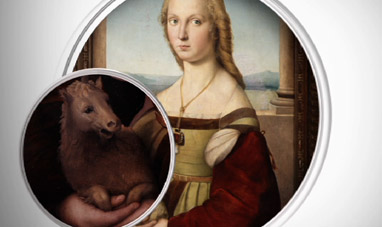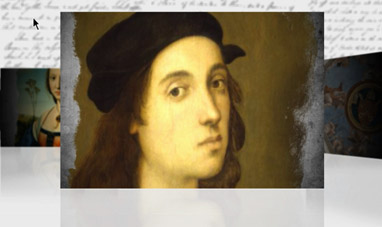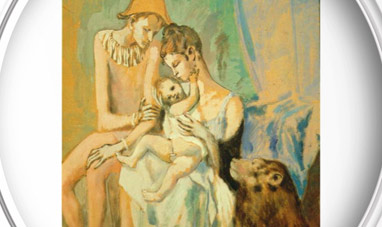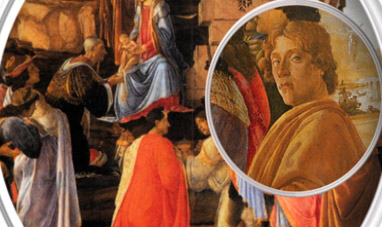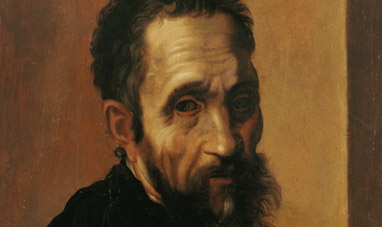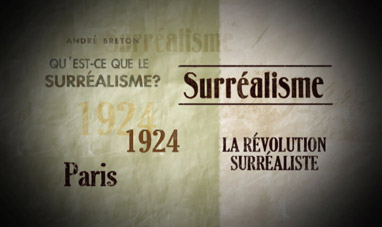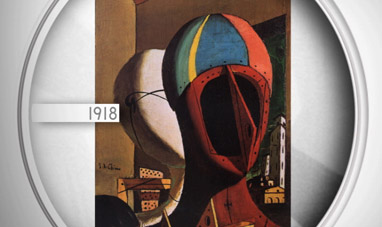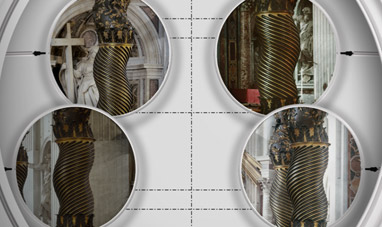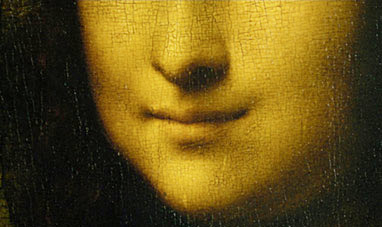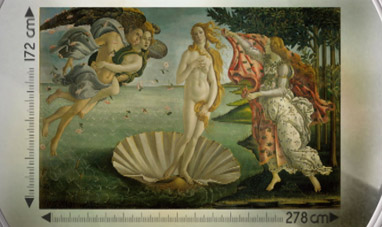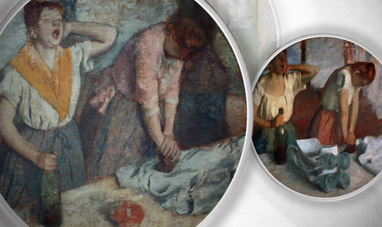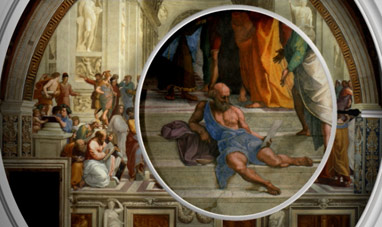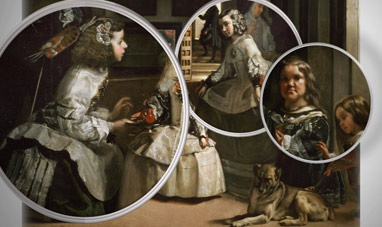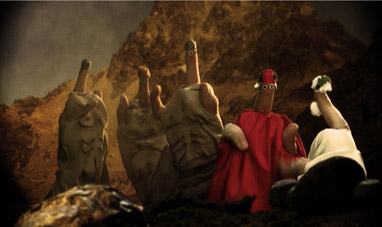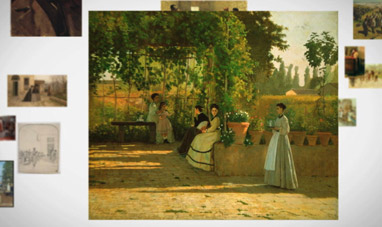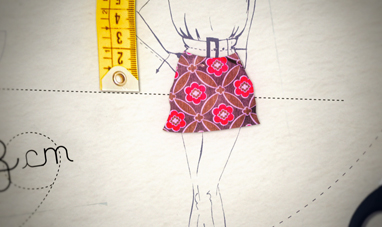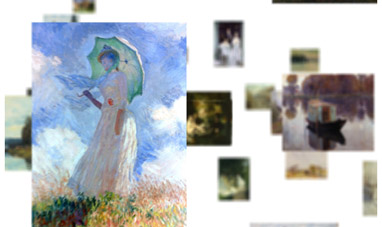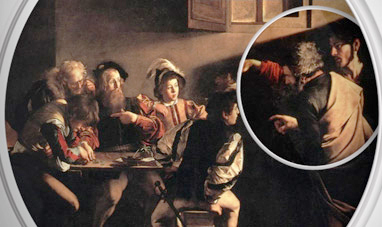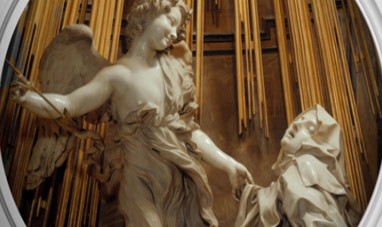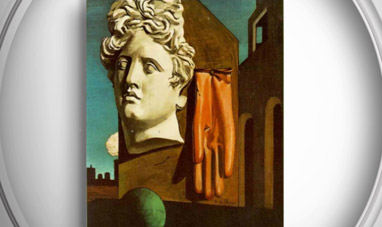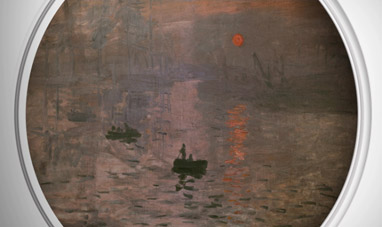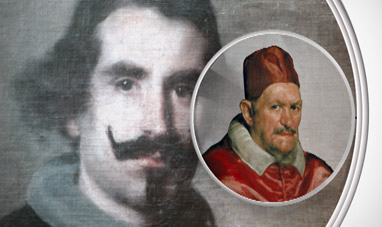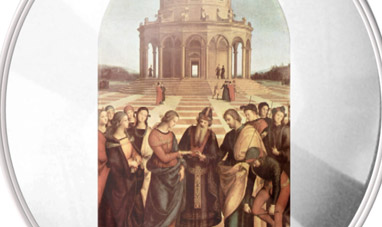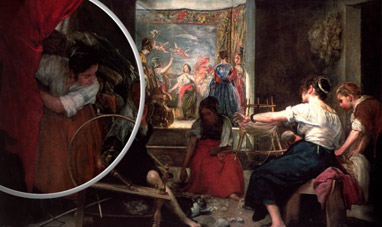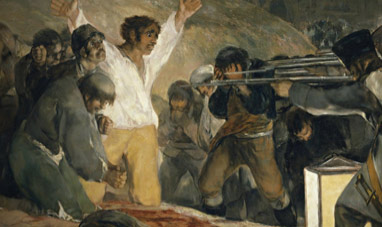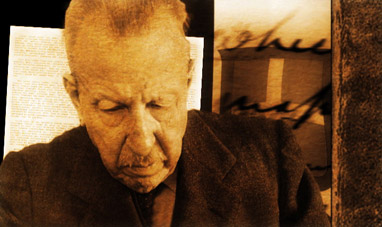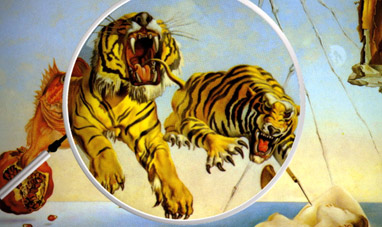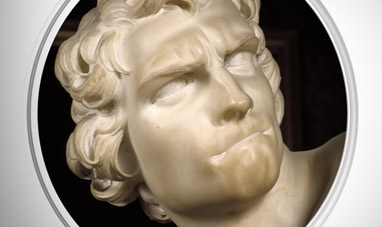The Scrovegni Chapel is home to a set of frescos created by Giotto between 1303 and 1305. Giotto was already famous when he accepted the commission, having already painted the upper basilica of San Francesco in Assisi and important frescoes in the basilica of San Francesco in Assisi and important frescoes in the basilica of San Giovanni in Laterano in Rome. Enrico Scorvegni, a local banker in Padua, ordered the chapel built, reputedly to expiate the sins of his father, whose usury was so legendary that Dante Aligheri consigned him to one of the lower rings of hell in The Divine Comedy. The Chapel has a rectangular floor plan and a single hall with a barrel-vault roof. Giotto’s frescoes take up three sides and comprise a set of images organized to tell the story of Anne and Joachim, the parents of the Virgin Mary, up until the death and resurrection of Jesus. A depiction of the Last Judgment takes up the entire wall above the entrance, completing the cycle. Giotto painted various allegorical images representing vice and virtue along the lower walls. He painted a starry blue sky on the vault overhead.
Giotto used a new pictorial language, combining extreme narrative fluidity with a naturalistic sense of space. While perspective was often lacking in the medieval tradition, Giotto accentuated the body’s sculptural aspect, even producing three-dimensional optical illusions by painting architectural details to emphasize spatial realism. In the Nativity, Giotto emphasized the characters’ human side, as shown by the tender way that Mary arranges her son in the manger. The same human intensity is further emphasized by his decision, unusual in 13th-Century iconography, to paint St. Joachim and St. Anne united in a kiss. By contrast, Judas’ Betrayal depicted another kind of kiss. The dramatic intensity of his treason was highlighted by the play of lanterns and lances. Giotto’s landscapes reflected his characters’ feelings. A rocky and desolate background underscore Joachim’s loneliness in the desert. To play up the profundity of the scene in the Lamentation, Giotto organized a composition across several planes. He placed two people in the foreground, both painted in a strikingly modern way, their backs to the viewer, in order to create the sense of depth for the space around Jesus’ body. There are several standing figures and mountains on the horizon behind them.
The city of Padua acquired the Chapel in 1881. The building and the frescoes have been subject to various conservation efforts over the years. The latest restoration took eight months and was completed in 2001. The Scrovegni Chapel is in Padua and is part of that city’s set of museums, including the Eremitani museum.
Giotto used a new pictorial language, combining extreme narrative fluidity with a naturalistic sense of space. While perspective was often lacking in the medieval tradition, Giotto accentuated the body’s sculptural aspect, even producing three-dimensional optical illusions by painting architectural details to emphasize spatial realism. In the Nativity, Giotto emphasized the characters’ human side, as shown by the tender way that Mary arranges her son in the manger. The same human intensity is further emphasized by his decision, unusual in 13th-Century iconography, to paint St. Joachim and St. Anne united in a kiss. By contrast, Judas’ Betrayal depicted another kind of kiss. The dramatic intensity of his treason was highlighted by the play of lanterns and lances. Giotto’s landscapes reflected his characters’ feelings. A rocky and desolate background underscore Joachim’s loneliness in the desert. To play up the profundity of the scene in the Lamentation, Giotto organized a composition across several planes. He placed two people in the foreground, both painted in a strikingly modern way, their backs to the viewer, in order to create the sense of depth for the space around Jesus’ body. There are several standing figures and mountains on the horizon behind them.
The city of Padua acquired the Chapel in 1881. The building and the frescoes have been subject to various conservation efforts over the years. The latest restoration took eight months and was completed in 2001. The Scrovegni Chapel is in Padua and is part of that city’s set of museums, including the Eremitani museum.

